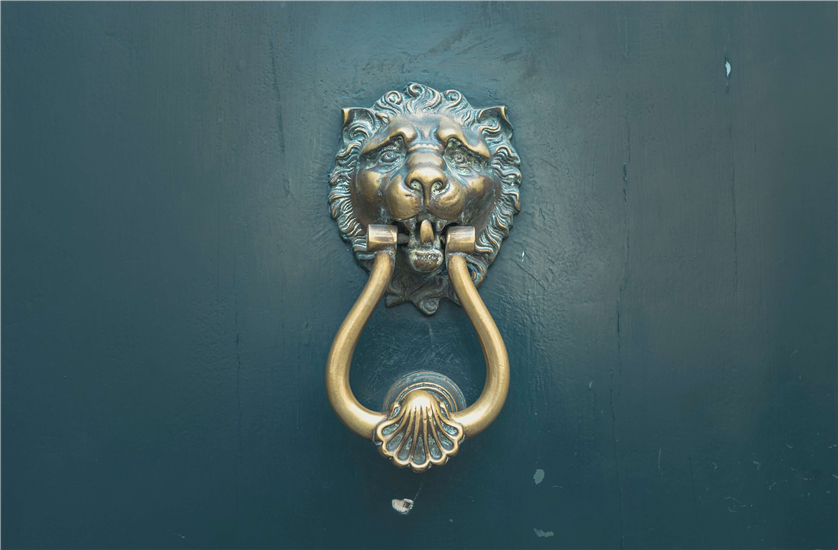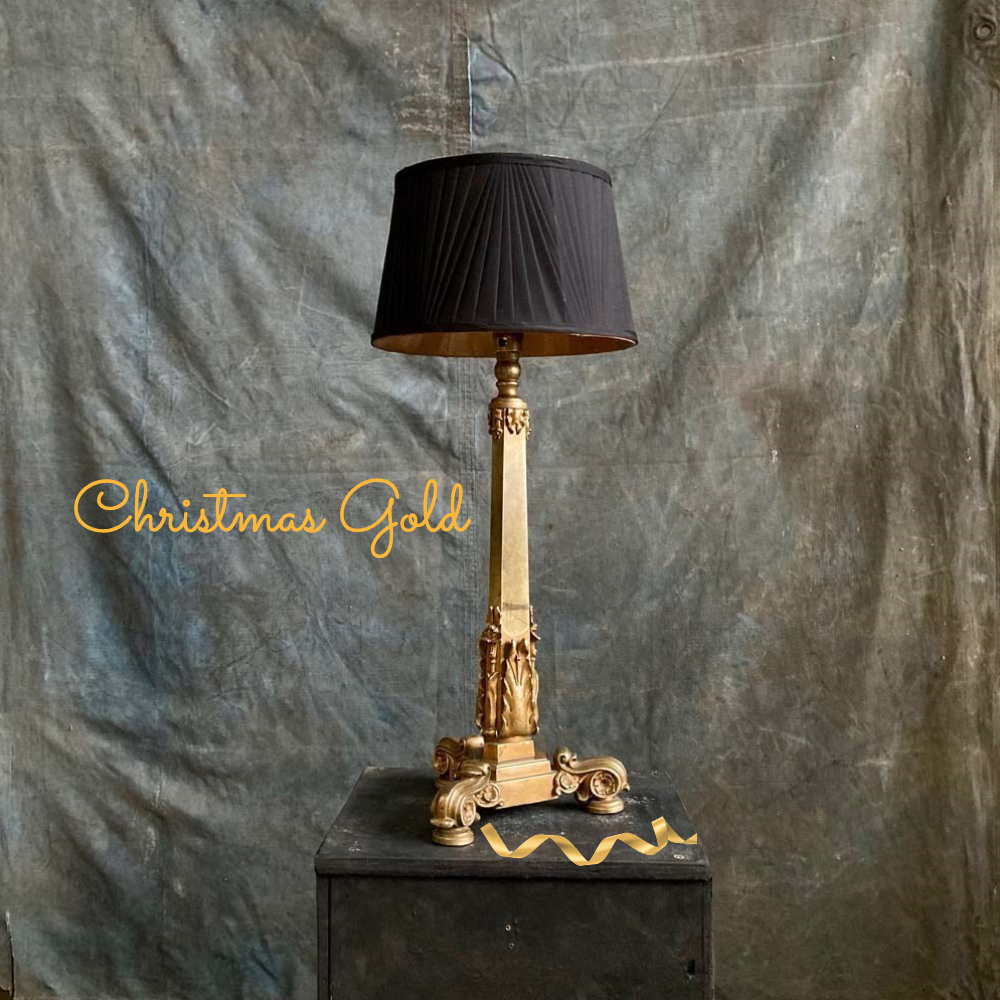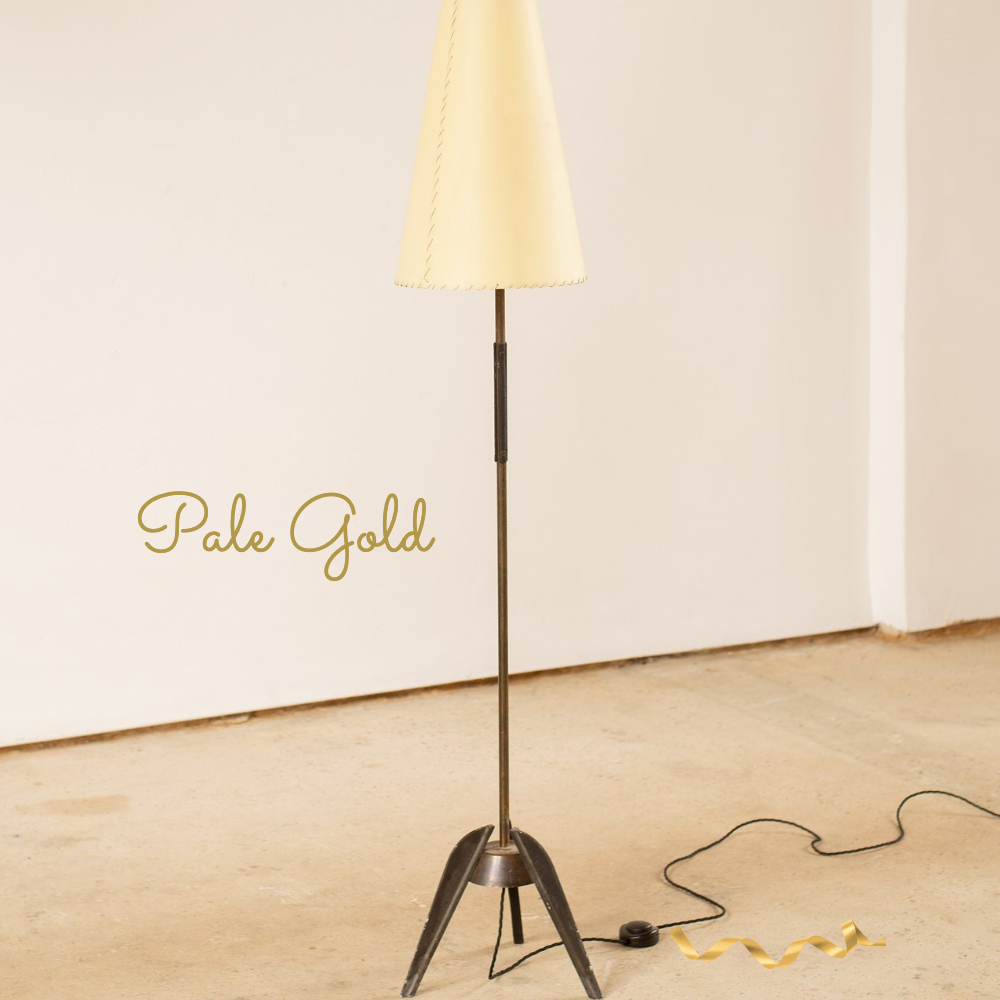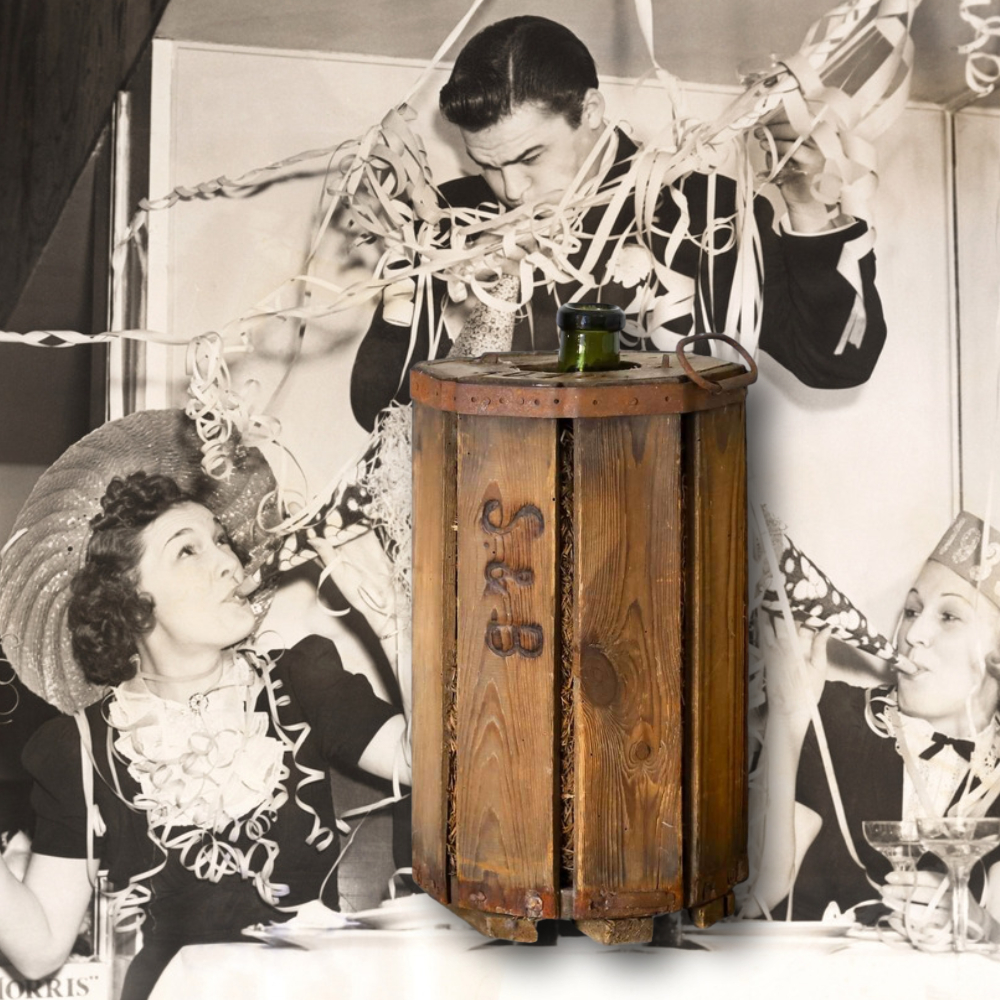
When talking about or looking for antiques, you’ll likely come across the word ‘patina’. In fact, with certain antique materials, you can’t really avoid mentioning patinas.
But what are patinas, why are they worth considering and what do they tell you about an antique?
What is a patina?
Patinas are a surface layer that develops on the surface of an item over a period of time. They tend to be a toned or darker layer that takes decades or centuries to naturally form on a material - unless the material is treated in such a way as to encourage a patina to form quickly.
Over time, every material will develop a patina, meaning that wood, metal, stone and even paper will eventually show signs of one. This effectively means that genuine antiques will possess some kind of patina and can give you insights into the age of a piece.
What does a patina look like?
The way a patina looks can be very different depending on the type of material. For example, the patina on the surface of wooden antiques is going to look very different from the one that develops on bronze. A bronze patina can also look very different to one that forms on silver.
Patinas that develop on metal are perhaps the most recognisable and distinctive. Copper has a very telltale patina, which has a powder green look to it - the Statue of Liberty is perhaps the most well-known example of this particular type of patina. Bronze is often chosen as a material because of the patina it develops, which looks beautiful over time due to the soft golden colour it creates.
Although most people tend to think of metal when it comes to patinas, other materials develop them too. Over time, wood develops rich and beautiful patinas that can make antique items stand out even more. Antique wooden furniture in hardwoods like walnut, mahogany and rosewoods develop a darker patina over time, creating a richer colour that can highlight details.
Paper also develops patinas over time, which is known as foxing. Books, paintings and other older paper items develop spots of brown, yellow or reddish-brown over time, giving a distinct look. It isn’t fully understood what causes foxing and, unlike other materials, this patina is generally not wanted. Unfortunately, it’s often unavoidable and can impact the value of an antique.
Why should you look for patinas?
The best reason to look out for patinas is that they are a sign that an antique is genuine. An antique that has an even patina over its surface suggests that it has been left to develop it over decades, if not centuries. An even patina shows that an antique is a complete original.
If a patina is disrupted or uneven, it can indicate that an alteration or a repair has been made to the antique. This can be quite obvious as the colouration will be different.
While forgers have been known to attempt to fake patinas, it is incredibly hard to do. Creating a patina artificially is difficult and can result in an uneven finish, which is a good indication that a piece is not authentic. As original items are the best option when buying and selling antiques, knowing what patina to look out for can help you spot a genuine and high-quality piece.
Should you remove patinas?
There is a big difference between dirt and patinas. With dirt, it’s best to clean it off your antiques to keep them in good condition. When it comes to patinas, cleaning them off could actually devalue your item.
As a patina helps tell a story about an antique, as well as show that it is genuine, removing it could mean you end up with an antique that is worth less than you pay for it. This is why it’s good to follow the advice that if you don’t know if you should remove it, don’t. Get your item appraised first so you can find out if cleaning the patina will affect its value.
Typically, it is a good idea to clean items like glass and ceramic and even silver. However, you should avoid cleaning wooden antiques, painted furniture, bronze and copper. Other items like paintings and textiles should only be cleaned by experts to avoid damage.






